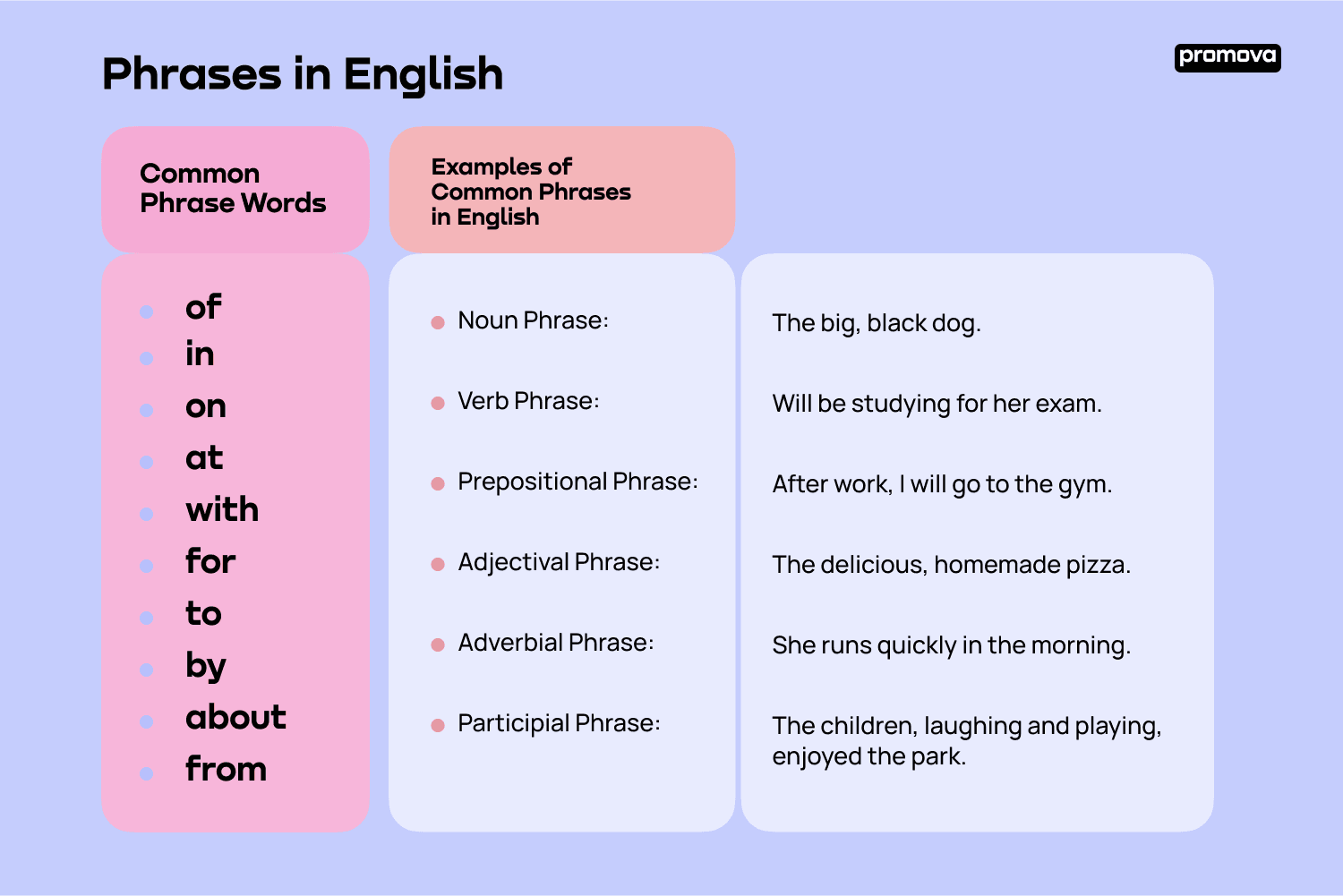Voepass Plane

Voepass planes, also known as “virtual” or “software-defined” planes, represent a revolutionary concept in the aviation industry, aiming to fundamentally change how aircraft are designed, operated, and managed. These planes are not physical aircraft but rather software-based simulations of real aircraft, enabling the creation of virtual environments for training, testing, and experimentation.
Voepass planes offer numerous benefits over traditional physical aircraft, including cost-effectiveness, safety, and flexibility. They provide a safe and controlled environment for training pilots and other aviation personnel, allowing them to practice complex maneuvers and procedures without risking real-world consequences. Furthermore, Voepass planes can be used to test new aircraft designs and technologies before they are built, reducing development costs and time.
History of Voepass Planes
Voepass planes have evolved significantly over time, driven by advancements in computer technology and simulation software. The concept of virtual aircraft emerged in the 1980s with the development of flight simulators, which allowed pilots to train in realistic environments. These early simulators were relatively basic, but they paved the way for more sophisticated virtual aircraft models.
In the 1990s, the development of high-performance computers and advanced graphics processing units (GPUs) enabled the creation of more realistic and immersive flight simulators. These simulators incorporated detailed models of aircraft systems, weather conditions, and airports, providing a more comprehensive training experience.
The advent of the internet and cloud computing in the 2000s further revolutionized the development of Voepass planes. Cloud-based platforms allowed for the creation of virtual aircraft that could be accessed and used by multiple users simultaneously. This enabled collaborative training and testing, fostering innovation and knowledge sharing within the aviation industry.
Types of Voepass Planes
Voepass planes can be broadly categorized into two main types:
- Training Simulators: These simulators are designed to provide realistic training environments for pilots, air traffic controllers, and other aviation personnel. They offer a range of functionalities, including cockpit simulations, flight planning, and emergency procedures training. Training simulators can be used for both initial training and recurrent training, ensuring that aviation professionals maintain their skills and knowledge.
- Testing and Development Platforms: These Voepass planes are used for testing and validating new aircraft designs, technologies, and procedures. They allow engineers and designers to evaluate the performance and safety of new aircraft systems in a virtual environment before they are built. Testing and development platforms can be used to optimize aircraft design, improve fuel efficiency, and reduce development costs.
Specifications and Capabilities
Voepass planes are highly customizable and can be tailored to meet specific training or testing requirements. Their specifications and capabilities can vary depending on the software used and the intended purpose. Some common features include:
- Realistic Aircraft Models: Voepass planes use detailed models of real aircraft, including their aerodynamics, flight control systems, and engine performance. This ensures that the simulations are as realistic as possible.
- Virtual Environments: Voepass planes can simulate a wide range of environments, including airports, airspace, and weather conditions. This allows users to experience a variety of flight scenarios, from routine operations to emergency situations.
- Advanced Simulation Software: The software used for Voepass planes incorporates advanced algorithms and models to simulate complex aircraft systems and phenomena. This ensures that the simulations are accurate and reliable.
- Data Analysis and Reporting: Voepass planes can collect and analyze data from simulations, providing valuable insights into aircraft performance, pilot behavior, and system efficiency. This data can be used to improve training programs, aircraft design, and operational procedures.
Voepass Plane Operations and Maintenance

Voepass planes are meticulously designed and engineered for safety, efficiency, and reliability. To ensure the highest standards of air travel, Voepass employs comprehensive operational procedures and rigorous maintenance practices. These processes encompass flight planning, crew training, safety protocols, and meticulous aircraft upkeep, all aimed at maximizing operational efficiency and passenger safety.
Flight Planning and Crew Training
Flight planning for Voepass planes involves a detailed process of route selection, weather analysis, fuel calculations, and contingency planning. The planning process takes into account factors such as air traffic density, weather patterns, and potential diversions, ensuring a safe and efficient flight. Pilots undergo rigorous training programs, including simulator sessions and in-flight assessments, to ensure proficiency in handling diverse flight scenarios.
Safety Protocols and Procedures
Voepass prioritizes safety in all its operations. The airline adheres to stringent safety protocols, including pre-flight inspections, regular maintenance checks, and comprehensive emergency procedures. These protocols are regularly reviewed and updated to incorporate industry best practices and address evolving safety concerns.
Maintenance and Repair Practices
Voepass planes undergo meticulous maintenance and repair procedures to ensure their airworthiness and reliability. The airline employs a team of highly skilled technicians who perform regular inspections, scheduled maintenance, and on-demand repairs. These procedures adhere to strict industry standards and are conducted using specialized equipment and advanced diagnostic tools.
Technology in Optimizing Operations
Voepass leverages advanced technology to optimize its operations and enhance safety. The airline utilizes sophisticated avionics systems, including flight management computers and advanced navigation tools, to improve flight efficiency and precision. Predictive maintenance systems, based on real-time data analysis, enable proactive maintenance planning and reduce the risk of unexpected downtime.
So, you’re telling me you’re flying on a Voepass plane? That’s like the political equivalent of a last-minute, Hail Mary decision. You’re just hoping it gets you there, even if it’s a bumpy ride! Reminds me of watching the abc presidential debate , where it was clear some candidates were just hoping to get through the night without a major gaffe.
But hey, at least you’ll have a story to tell about your Voepass flight, even if it involves a few extra detours.
You know, those Voepass planes are like the presidential debates, but instead of arguing about policy, they’re just trying to get everyone to their destination on time. Except, you know, presidential debates usually involve a lot more yelling. And, unlike a debate, you can’t really vote on whether or not your Voepass flight will actually take off.
It’s just a matter of hoping for the best and trying not to get stuck in a holding pattern for hours on end.
